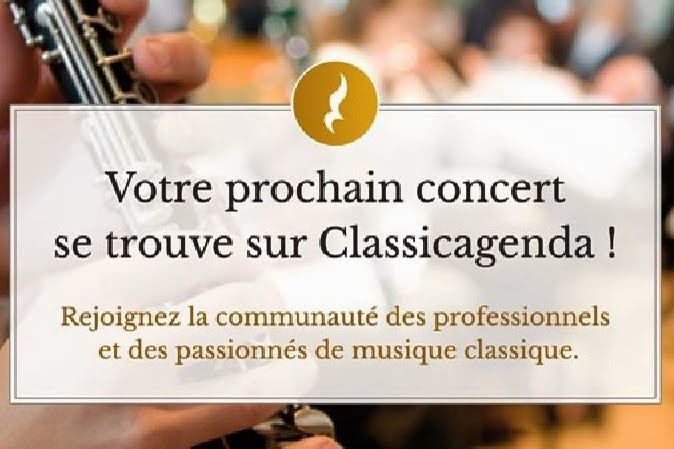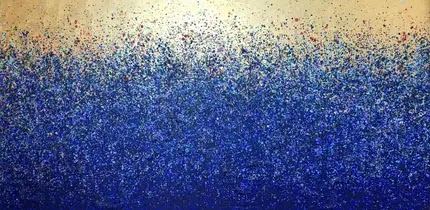
The inscription
on the wall, which you can now read, when the leaves have fallen, is HP. This
corresponds obviously to what this building first was, a “Hôtel Populaire”. “Populaire”
must here be understood not as a popular hotel, but as a hotel for people with
limited resources, some kind of a charity establishment. The building from 1910 was originally financed
by a rich widow, who wanted to compensate for her late husband’s rather dubious
affairs. This was one of several buildings she donated. It was originally
inhabited by young men, but was for obvious and unfortunate reasons emptied during
WWI, became a war hospital and was after the war for some time occupied by some
ministry.
The widow
in question also wanted the inhabitants to adopt some good manners, including a
good hygiene. Over the front door we can see a bas-relief with a woman who
offers a clean handkerchief …
In 1926 the building was, after an important subscription campaign, purchased by the Salvation Army
and became a home for women with limited resources. Originally there were some
630 rooms. It has later been modernised and now offers some 280 “studios” for
women, some special accommodations for women with particular difficulties and
also a few family lodgings.
It goes
under the name “Palais de la Femme” (The Women's Palace)…
… so it was
with a strange feeling that I entered.
Well, I immediately deviated to a
large room and a temporary exhibition of art books – some friends were presenting
their works. The large room had some nice wall decorations.
You can
find the building at 94 rue de Charonne, 75011 Paris.








































































